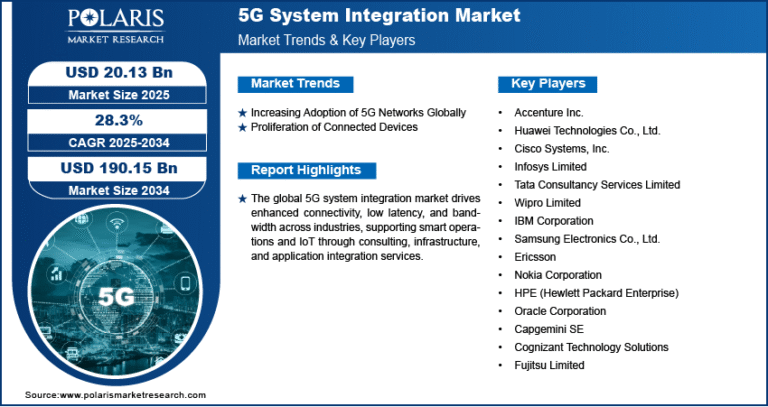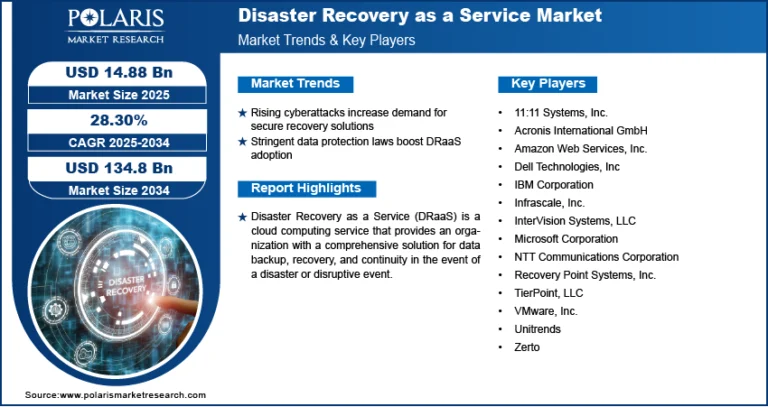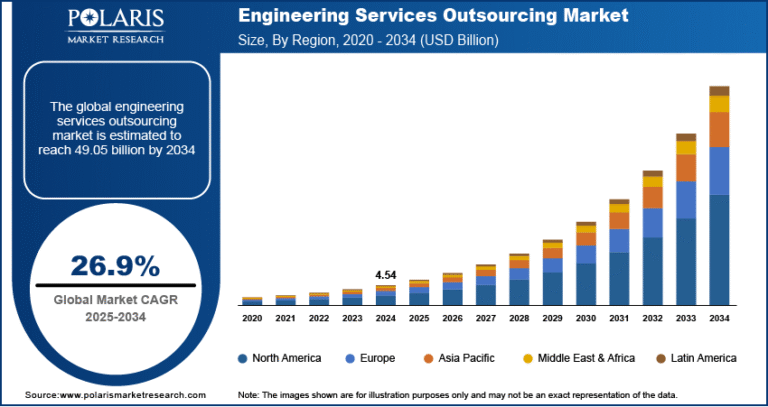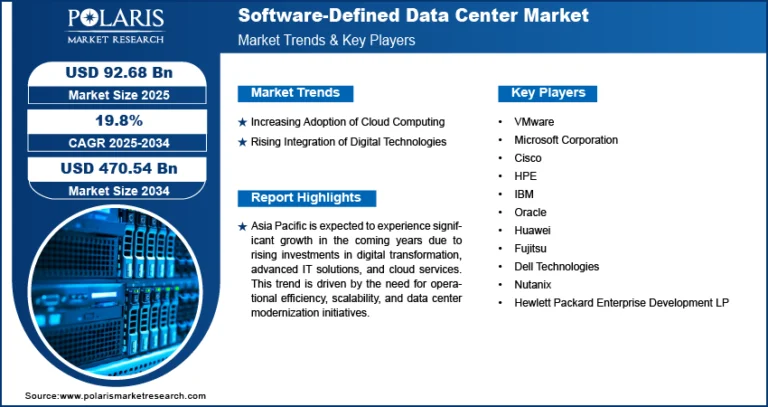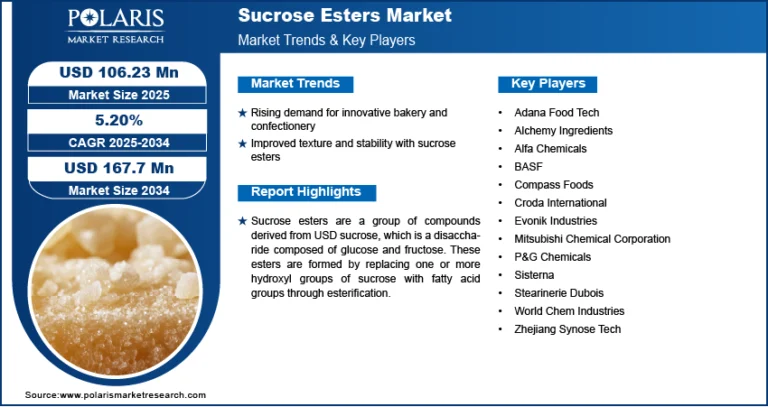Livestock Monitoring Market is estimated to hit USD 13,287.01 million by 2034, with a strong CAGR of 11.5%.
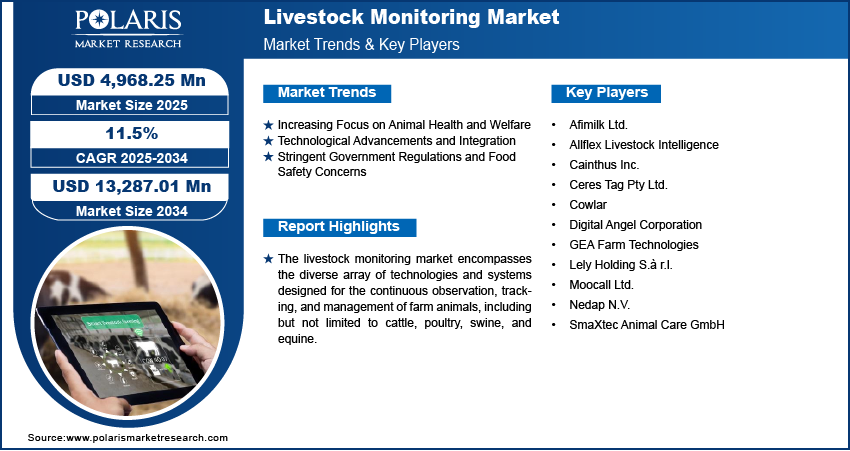
The livestock monitoring market was valued at USD 4,463.84 million in 2024 and is expected to reach USD 4,968.25 million in 2025. The market is projected to witness robust growth, reaching USD 13,287.01 million by 2034, registering a compound annual growth rate (CAGR) of 11.5% during the forecast period from 2025 to 2034. The livestock monitoring market includes a wide range of technologies and systems used for the real-time observation, tracking, and management of farm animals such as cattle, poultry, swine, and equine.
Market Trends & Insights:
- Growing Adoption of IoT and Smart Farming Solutions: The integration of Internet of Things (IoT) technologies is transforming traditional livestock farming. Sensors, GPS trackers, and cloud-based platforms are enabling real-time monitoring of animal health, location, and behavior, driving operational efficiency.
- Rising Demand for Precision Livestock Farming (PLF): Precision livestock farming tools are gaining popularity as they help farmers make informed decisions based on data analytics. This enhances productivity, ensures better animal welfare, and reduces overall costs.
- Focus on Animal Health and Welfare: With increased emphasis on sustainable farming and regulatory mandates around animal well-being, livestock monitoring systems are being adopted to detect diseases early, monitor breeding cycles, and optimize feeding practices.
- Expansion in Emerging Markets: Developing countries, particularly in Asia-Pacific and Latin America, are witnessing increased investment in smart agriculture technologies. Rising awareness, improving infrastructure, and growing livestock populations are contributing to market expansion in these regions.
Market Size & Forecast:
- Market size value in 2025: USD 4,968.25 million
- Revenue forecast in 2034: USD 13,287.01 million
- CAGR (2025–2034): 11.5%
𝐆𝐞𝐭 𝐄𝐱𝐜𝐥𝐮𝐬𝐢𝐯𝐞 𝐒𝐚𝐦𝐩𝐥𝐞 𝐏𝐚𝐠𝐞𝐬 𝐨𝐟 𝐓𝐡𝐢𝐬 𝐑𝐞𝐩𝐨𝐫𝐭:
Generic Market Overview:
The global livestock monitoring market is undergoing a major transformation, fueled by advancements in smart farming and the increasing need for efficient farm management practices. These technologies allow farmers to remotely monitor the health, productivity, and behavior of livestock using connected devices and software platforms. This not only reduces manual labor but also enables data-driven decisions to improve livestock yield and reduce operational costs.
Moreover, growing concerns around food safety, traceability, and the impact of livestock farming on the environment are encouraging farmers to adopt automated monitoring solutions. Governments and agricultural bodies are also playing a crucial role by providing subsidies and promoting digital farming practices. Despite initial installation costs, the long-term benefits of enhanced productivity and profitability are accelerating the adoption of livestock monitoring systems globally.

